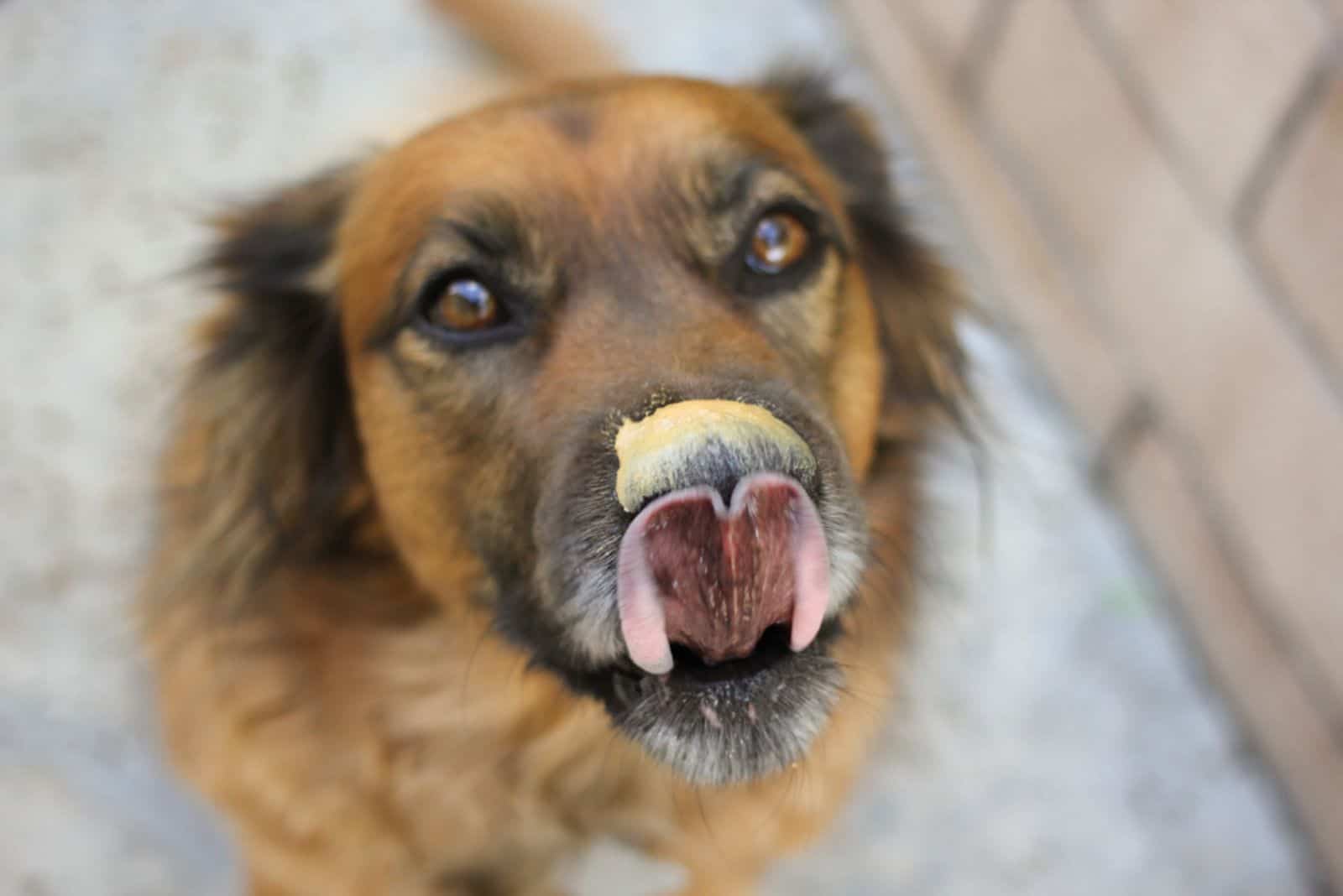Out of all the treats that we get our dogs, the one constant seems to be PB, but what is it that this odd concoction has that’s so beloved by our furry friends? Why do dogs love peanut butter?
Well, it just so happens that peanut butter has absolutely everything a dog would want: it’s fatty, salty, and contains sugar, but most of all it also contains a truckload of protein.
For, you see, a dog’s favorite part of food is the protein, and when something has it in such large amounts and he tries it even once, he’ll remember it as one of the most delicious treats he’s ever had.
Obviously, the other ingredients help which is why PB is so decadent for humans and dogs alike.
Though, as good as it is, you still need to be wary to only give your pooch peanut butter in moderation as there is such a thing as too much of a good thing.
So why exactly does a combination of these four things make for the perfect treat for our canine companions? Well, let’s dissect it and find out, shall we?
The 5 Delicious Reasons Behind The Canine PB Attraction
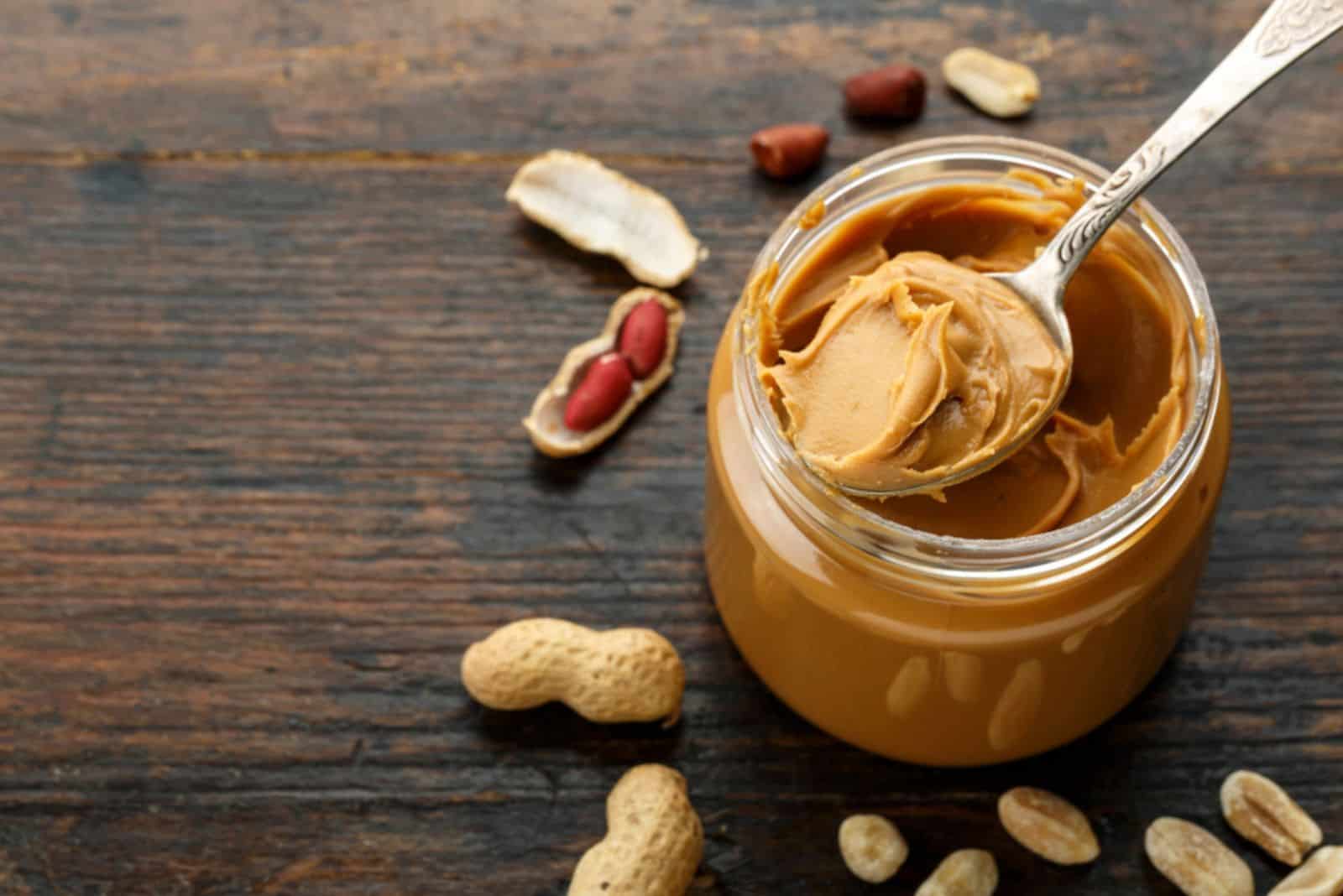
It’s no secret that, on a base level, peanut butter is a paste made from roasted peanuts, with a few additives like salt.
We also know that most nuts, by definition, are incredibly healthy and a great source of protein.
When we go down to the more technical aspects, we’ll find the 4 main aspects mentioned above: protein, salt, sugar, and fat.
This is why they’re so attractive to dogs:
1. The Protein
The most obvious of the bunch, and the most important for dogs as they’ve developed a particular craving for it given how fundamental it is in their diets.
This is something that has been present in their lupine ancestors given how active they were and the amount of energy they needed on a daily basis.
This has been passed down to our dogs, albeit diversified a little so it doesn’t just focus on meat proteins.
A dog’s digestive system is practically built to digest protein with ease.
This is done so the digestion process doesn’t impede his functions too noticeably, and so he can get the energy he needs as quickly and as efficiently as possible.
Thus, whenever he smells the particular scent of protein, he’ll practically start salivating at the mouth, eager to lap it up to get a bit of an energy boost.
2. The Fat
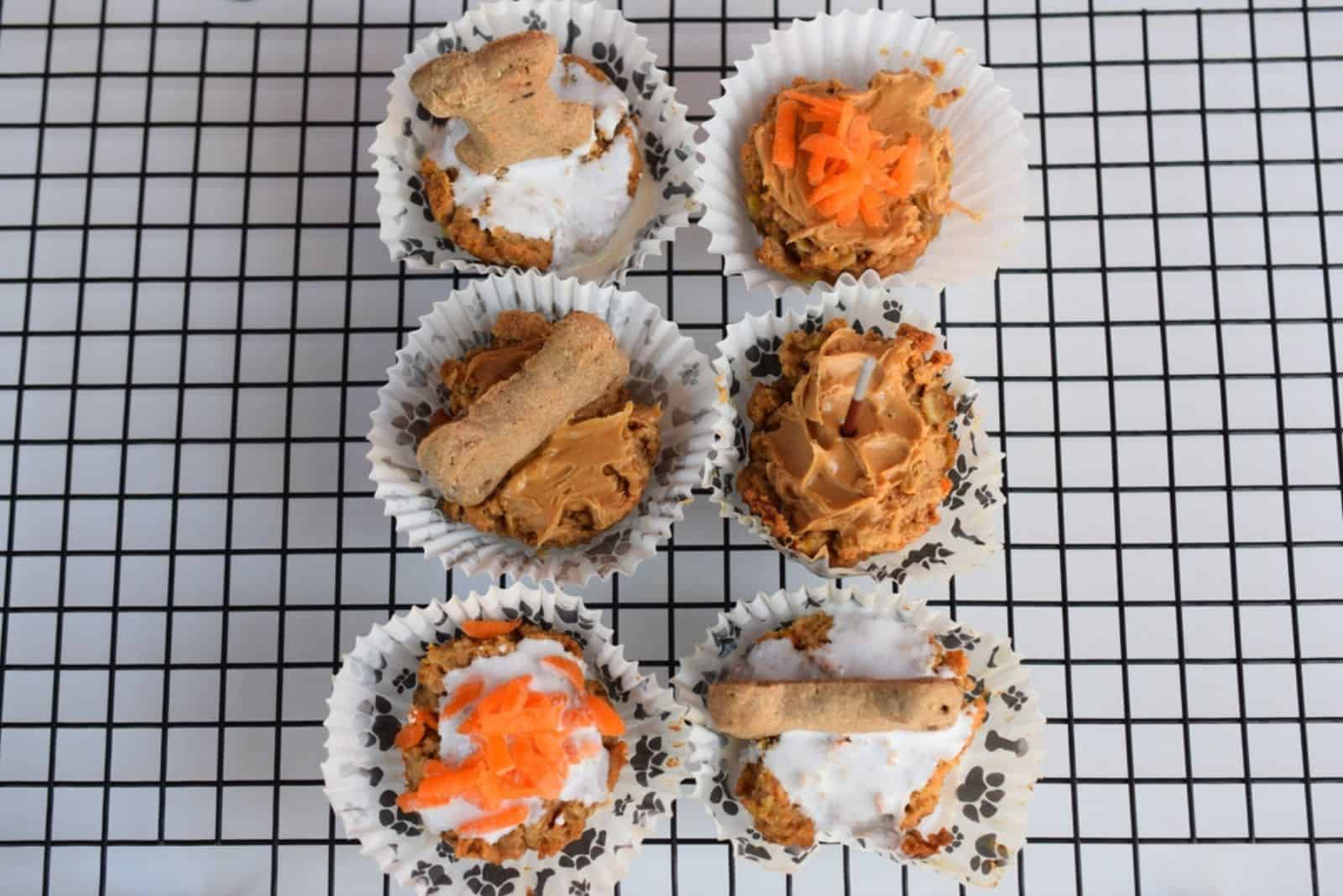
Another key ingredient, one that comes in abundance in PB, though they’re all mostly healthy fats that your dog can utilize
While not as enticing as the fat of a meat protein, he’ll still go head over heels for it when offered, dog’s aren’t going to be all too picky about food they enjoy.
If anything, it’s a good supplement if your dog isn’t getting enough fats through his diet.
This often means that you can add a dollop or two of peanut butter to his kibble to help meet those daily nutritional needs.
Though, before making any alterations to said diet, I advise you to consult with your dog’s veterinarian on the matter, or a pet nutritionist at the very least on whether that’s a good idea or not.
3. The Salt
Another particularly common ingredient in peanut butter is salt, whether it’s for flavor or preservation purposes.
While not as enticing as the first two, it is a solid nutrient that helps maintain healthy blood pressure as well as maintaining proper functionality of muscles and nerves.
That said, it should be taken in moderation.
That’s why salt-free alternatives are often preferred for peanut butter, though one can go either or as the amount of salt isn’t that egregious.
4. The Sugar
There’s no dog in the world who doesn’t like eating something sweet whenever he’s offered it.
After all, the title of man’s best friend doesn’t just come from loyalty, but from the many tastes and interests that we have in common that both us and our dogs can enjoy.
While not nearly as present in natural peanut butter, it is around in many different forms in store bought versions.
However, don’t let that discourage you from getting it as the nutritional values of the two are nearly identical, albeit with less of one ingredient and a bit more of another.
EXTRA: The Roasted Protein From Peanuts Has A Faint Resemblance To Meat
Though this is up for debate and only loosely tied to the ingredients themselves, the very process of roasting the peanuts leaves the PB with this aroma that faintly resembles that of roasted meat.
That too is a likely reason why PB is seen as such a coveted substance by dogs everywhere.
How Much Peanut Butter Is Safe To Add To A Dog’s Daily Consumption?
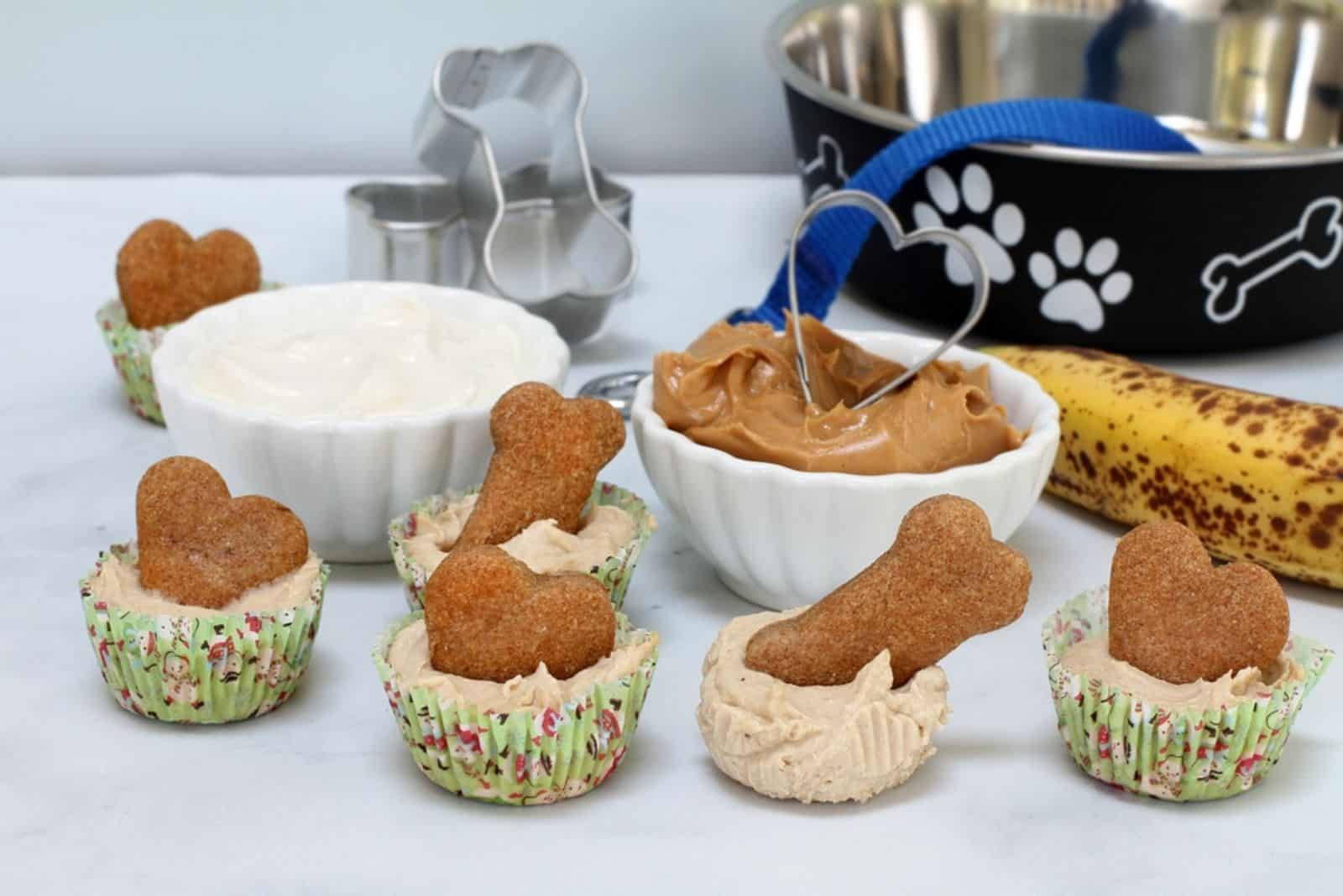
Given how healthy the substance is, shockingly enough, it’s safe to use as an additive to your dog’s daily nutrition.
This is particularly true if your pooch needs an easily accessible protein or fat supplement due to his current kibble not providing him with enough to meet his daily needs.
However, you can’t go overboard with the stuff and you should only dole it out up to a specific daily amount which varies based on dog size.
For small dogs, you can give them about half a teaspoon twice per day, while, for medium and large dog breeds, that doubles to one teaspoon a day.
If you go too overboard, the peanut butter may cause an adverse reaction rather than a beneficial one.
Do keep in mind that this is just an approximation on the required amount. Your dog may have some sensitivity or other dietary issues which may increase or decrease the written amount.
As always, before making any changes to your dog’s food intake, consult with your dog’s vet on the matter to see whether or not it’s safe and how much you’re allowed to give him.
Is There Anything I Should Be Aware Of?
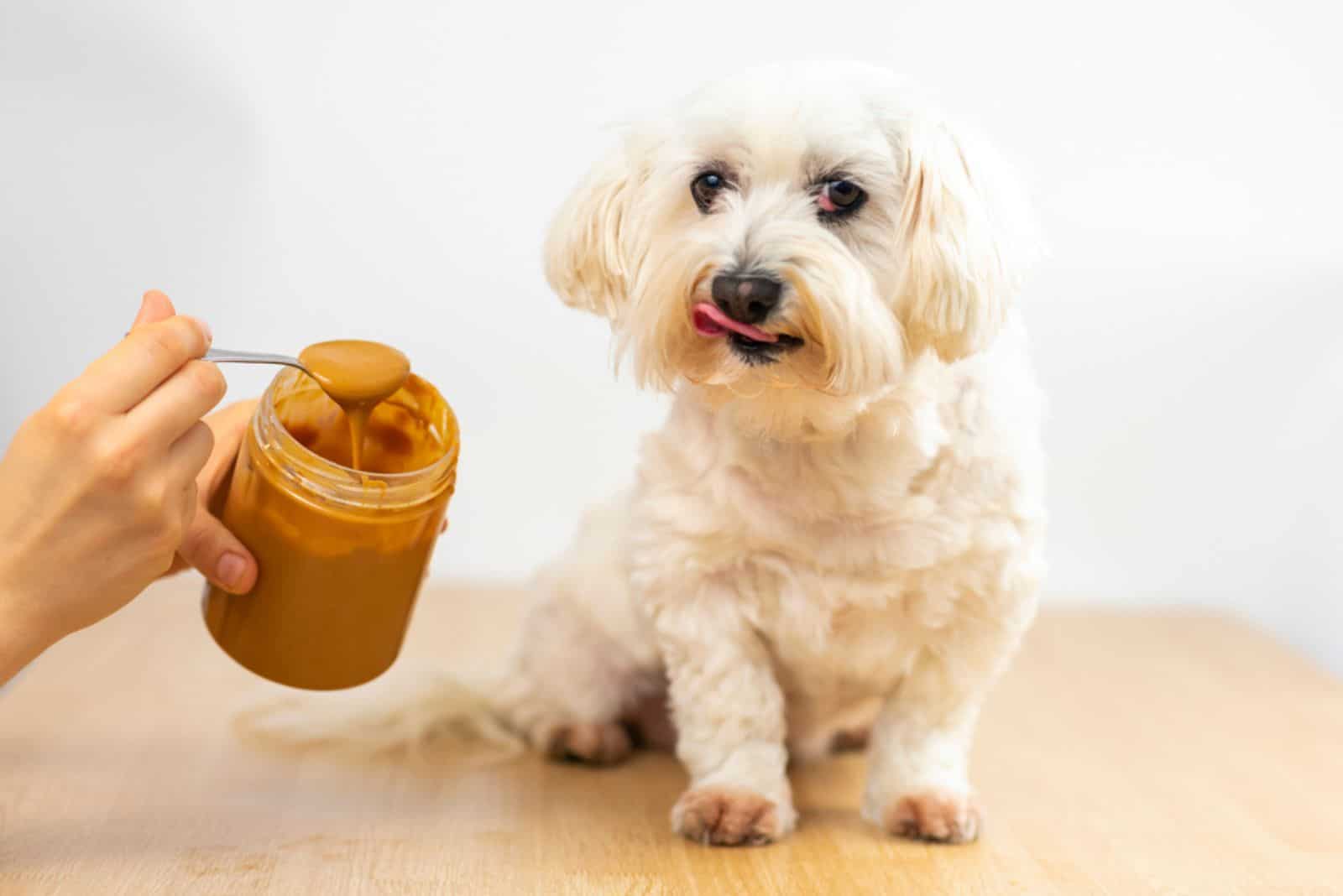
Yes, not all peanut butter is safe for canine consumption. Avoid Xylitol at all costs.
It’s an artificial sweetener often used in PB branded as sugar free or low-sugar as well as some other products.
This, while safe to us, is poison for dogs.
Too much of it can end up causing liver failure and a staggering drop in blood sugar for them which can lead to major complications and death in most cases.
So, when you go out to buy PB for your dog to eat, be sure to go through the ingredient labels carefully to determine whether the brand you’re buying from is Xylitol free or not.
In Conclusion
There’s no secret answer to the question of why dogs love peanut butter, it’s simply that tasty for both them and us and they can’t resist the stuff.
The protein and fat are the main draws, but sugar plays a vital role in that nigh-addictive behavior too, and salt to a lesser extent.
While some people may see it as junk food, it’s actually one of the healthier and more affordable treats that you can get for your canine companion.
Them liking it is just icing on the cake.
It can also serve as a great supplement of protein and fat for your pooch if he’s lacking it in his diet, just be careful not to overdo it.
And, of course, avoid Xylitol like the plague to keep your pupper healthy.
Also, don’t forget to bring the idea of adding PB to your dog’s diet up with the vet so he can tell you what amount is safe for your furry best friend.
Until next time, pet parents.
RELATED LINKS:
- Are Products That Contain Xylitol Dangerous For Dogs?
- Can Dogs Eat Durian? Is The Hype Worth It?
- Can Dogs Eat Prunes? Safe Foods For Dogs
- Can Dogs Eat Whipped Cream? The Effects Of Dairy On Dogs
- Can Dogs Eat Cheerios? Breakfast Cereals And Dog Health
- Can Dogs Eat Chestnuts? Health Advice For Worried Dog Owners
